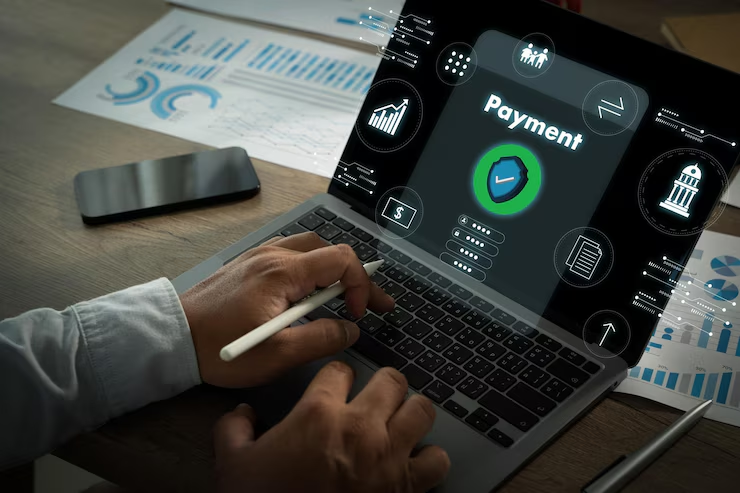In an era where digital convenience reigns supreme, encountering a doxo warning can be alarming for anyone who pays bills online. A doxo warning signals potential risks tied to using the third‑party payment service Doxo, which, despite its promise of a centralized platform for settling invoices, has prompted numerous advisories from utility companies, municipalities, and healthcare providers. This article unpacks the core reasons behind these alerts and offers practical alternatives to keep your payments secure.
What Is a Doxo Warning and Why It Matters
A doxo warning is an official notice issued by service providers to caution customers against using Doxo for payments. These warnings typically highlight:
-
Processing Delays: Funds sent via Doxo can take several days to reach the intended recipient, leading to late fees or service interruptions.
-
Unofficial Affiliation: Doxo is not an authorized partner of many businesses, even though its site may mimic the provider’s branding.
-
Potential Fees: Users have reported undisclosed service charges when submitting payments.
-
Customer Confusion: The platform’s layout and URL structure can mislead customers into believing they are on an official bill‑pay portal.
By understanding a doxo warning, you safeguard your account from unnecessary penalties and ensure timely receipt of your payments.
How Service Providers Deliver a Doxo Warning
Tracking Misrouted Payments
Many companies discovered customers making payments to Doxo pages instead of official portals. Because Doxo aggregates billing details publicly available online, businesses often see payments arriving late or not at all. This prompted formal doxo warning notices within customer communications and on official websites.
Brand and URL Imitation
Doxo frequently uses URLs such as www.doxo.com/pay-your-utility or similar patterns that include provider names. This imitation can confuse consumers. Service providers counteract this by posting a doxo warning banner on their billing pages, clarifying that Doxo is not affiliated with them.
Common Examples of Doxo Warnings in Action
-
City Governments: Several municipalities, including major U.S. cities, have released doxo warning bulletins to prevent late tax payments.
-
Utility Companies: Energy and water providers often publish alerts advising residents to avoid third‑party payment services due to processing time uncertainties.
-
Healthcare Facilities: Hospitals and clinics have alerted patients that using Doxo can delay insurance processing and lead to billing disputes.
When you spot a doxo warning, treat it as an urgent cue to verify you’re on an official payment platform.
Identifying a Doxo Warning on a Website
To recognize a doxo warning or a Doxo page posing as an official portal, look for:
-
URL Inspection: Authentic bill‑pay sites typically use the provider’s domain (e.g.,
utilityco.com/pay). If you seedoxo.comin the address bar, proceed with caution. -
Disclaimers: Small-print statements like “Doxo is not affiliated with [Company Name]” often appear near the footer.
-
Branding Mismatch: Fonts, logos, or terminology that slightly differ from the provider’s official style guide can indicate a third‑party page rather than the native billing site.
Understanding these cues helps you heed the doxo warning before entering payment details.
Risks of Ignoring a Doxo Warning
Late Payment Penalties
If your payment is delayed in transit, your service provider may assess late fees or suspend services. A doxo warning exists precisely to prevent these unwanted charges.
Data Security Concerns
Submitting your banking or card information through an unofficial channel increases the risk of data exposure. Always follow a doxo warning by switching to secure, verified payment portals.
Limited Resolution Options
In the event of a payment dispute, your provider may be unable to locate or reverse a transaction processed outside its system. This lack of support often results in extended resolution times.
Safe Alternatives to Heed the Doxo Warning
-
Official Billing Portals: Bookmark and access your provider’s payment page directly, ensuring the domain matches exactly.
-
Automated Payments: Enroll in auto‑pay through your service provider to guarantee timely billing without manual intervention.
-
Bank Bill Pay: Leverage your online banking’s bill‑pay feature, which routes payments directly from your account to the recipient.
-
Mobile Apps: Many companies offer branded mobile apps with in‑app billing that securely processes payments.
Adhering to these methods allows you to bypass third‑party platforms and avoid the issues that trigger a doxo warning.
Steps to Take If You’ve Already Used Doxo
-
Verify Transaction Status: Log into your Doxo account and note the payment date and confirmation number.
-
Contact Your Provider: Provide them with Doxo’s confirmation details to reconcile the transaction and avoid late fees.
-
Monitor Your Account: Watch for any unexpected charges or errors on your bank or credit card statement.
-
Switch to Official Channels: Immediately transition to your provider’s payment system for future invoices.
Prompt action can mitigate delays and fees highlighted in a doxo warning.
Conclusion: Respect the Doxo Warning for Hassle‑Free Payments
A doxo warning is more than a minor advisory; it’s a crucial reminder to protect your finances and maintain service continuity. By recognizing these warnings, identifying unofficial payment pages, and switching to secure billing methods, you ensure that your hard‑earned money arrives on time and without extra costs. Next time you see a doxo warning, remember it’s your cue to double‑check the payment portal and keep your accounts in good standing.






